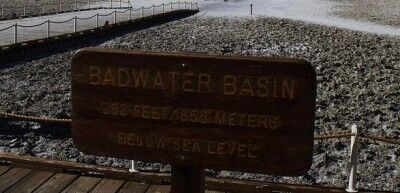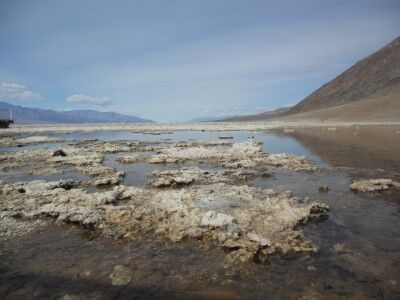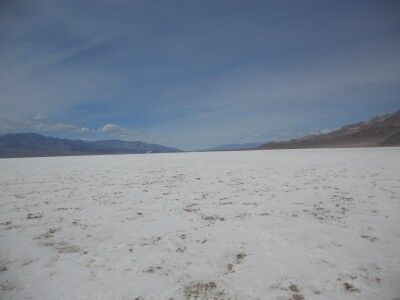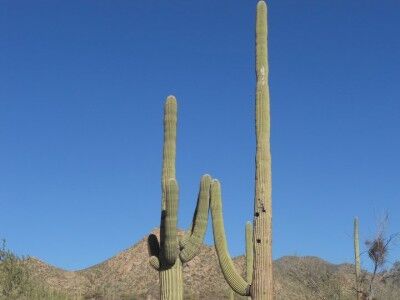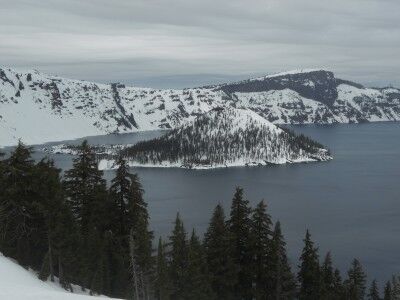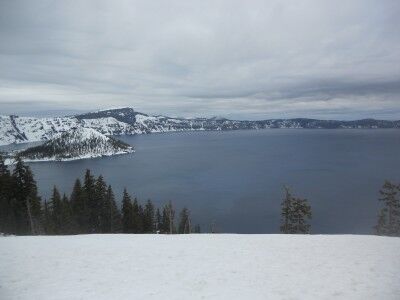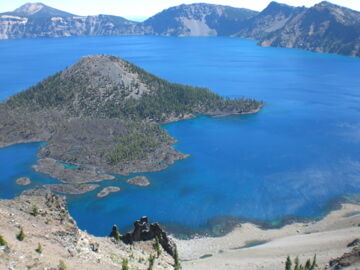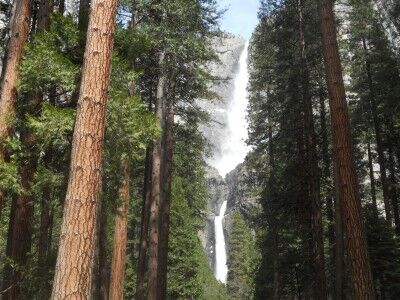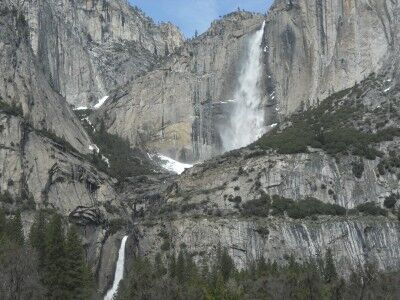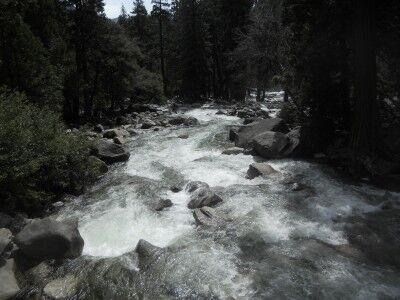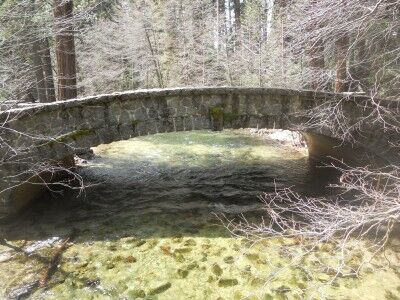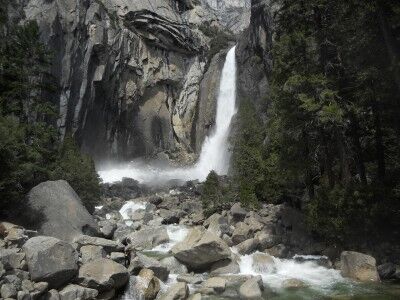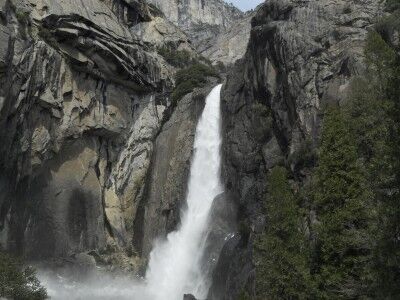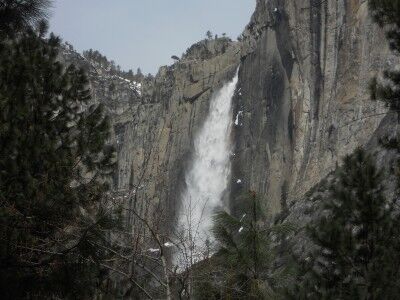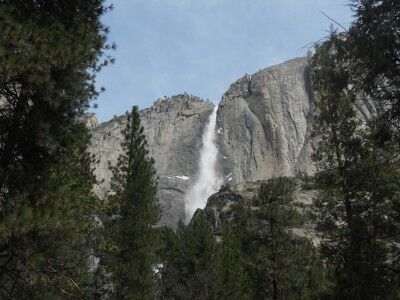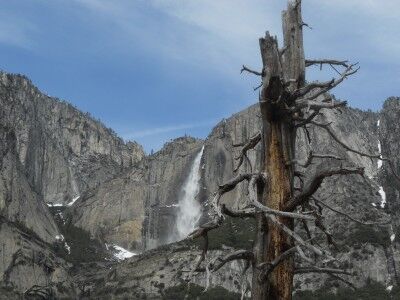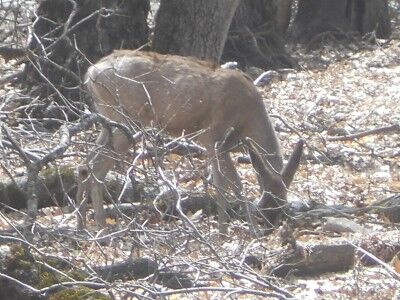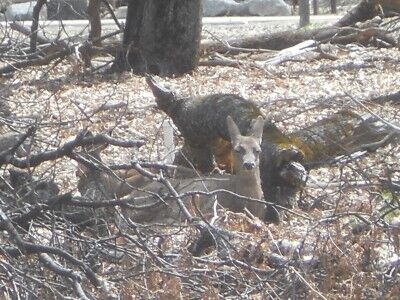When you arrive at Oregon Caves National Monument, there is a short walk from the parking area to the visitors center. The walk is along a paved road and immediately gives a feel of the area with a lot of moss clinging to rocks and trees:
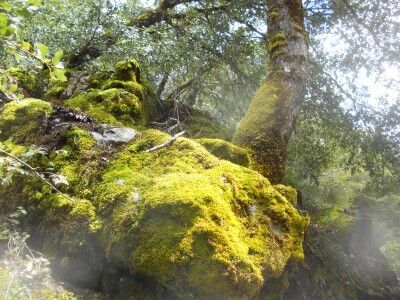

Once you reach the visitors center building, there is a beautiful waterfall that empties into a clear pond. This is the water that is coming out of the cave entrance from the river that runs through it:
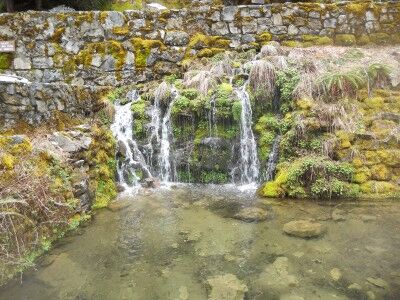
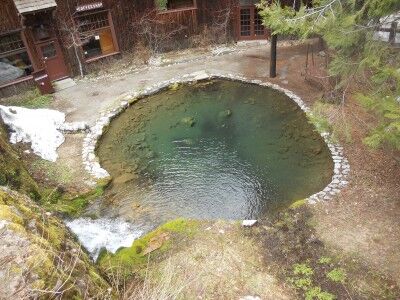
It’s only possible to explore the Oregon Caves by guided tour which leave in groups of a maximum of 15 people on a regular basis depending on how crowded the day is. A guide will take you up to the Oregon Cave entrance where you will be greeted by a moss covered entrance:
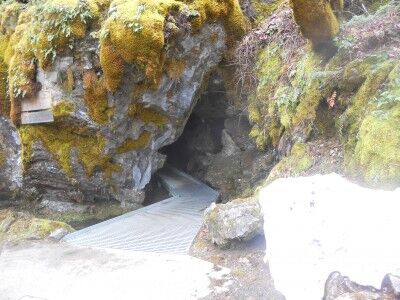
and a river flowing below you:
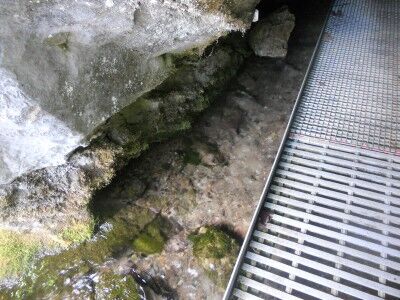
The guided tour was wonderful providing a nice history of the cave with plenty of opportunities to take photos and ask questions. The first stop inside the cave on the Oregon Caves tour is at Watson’s Grotto.

